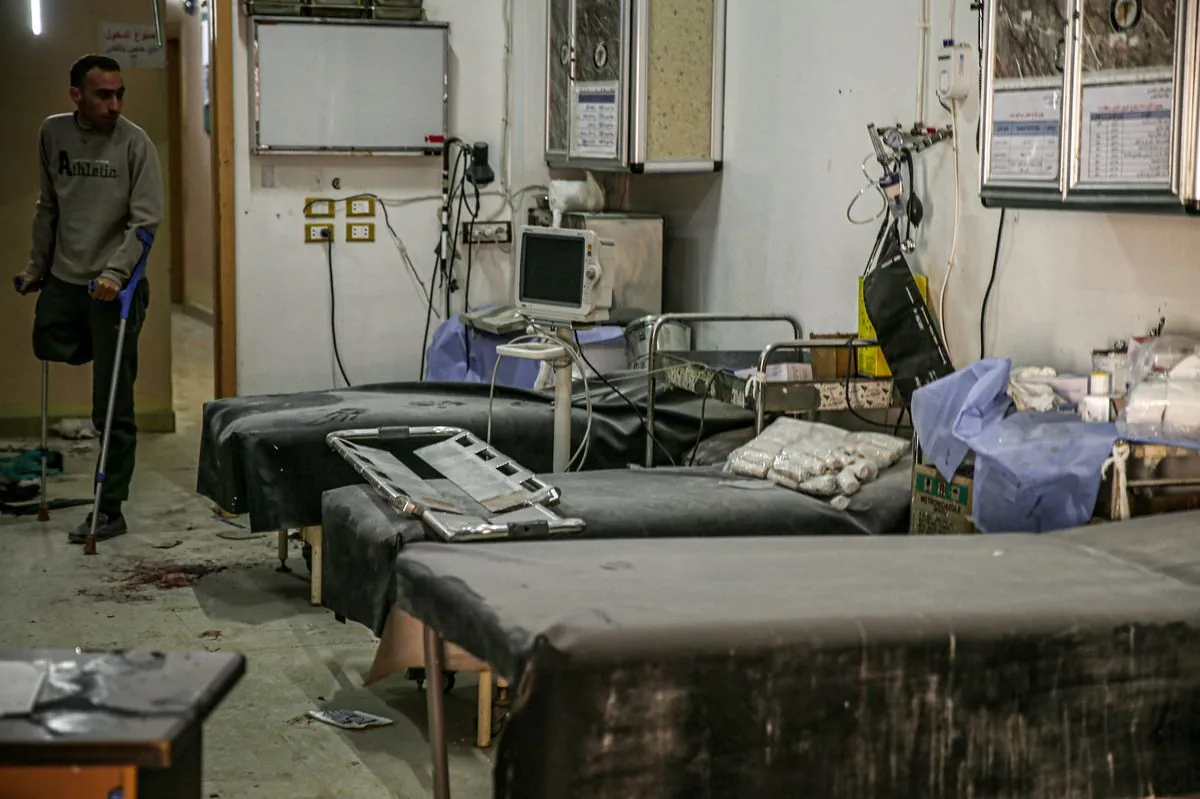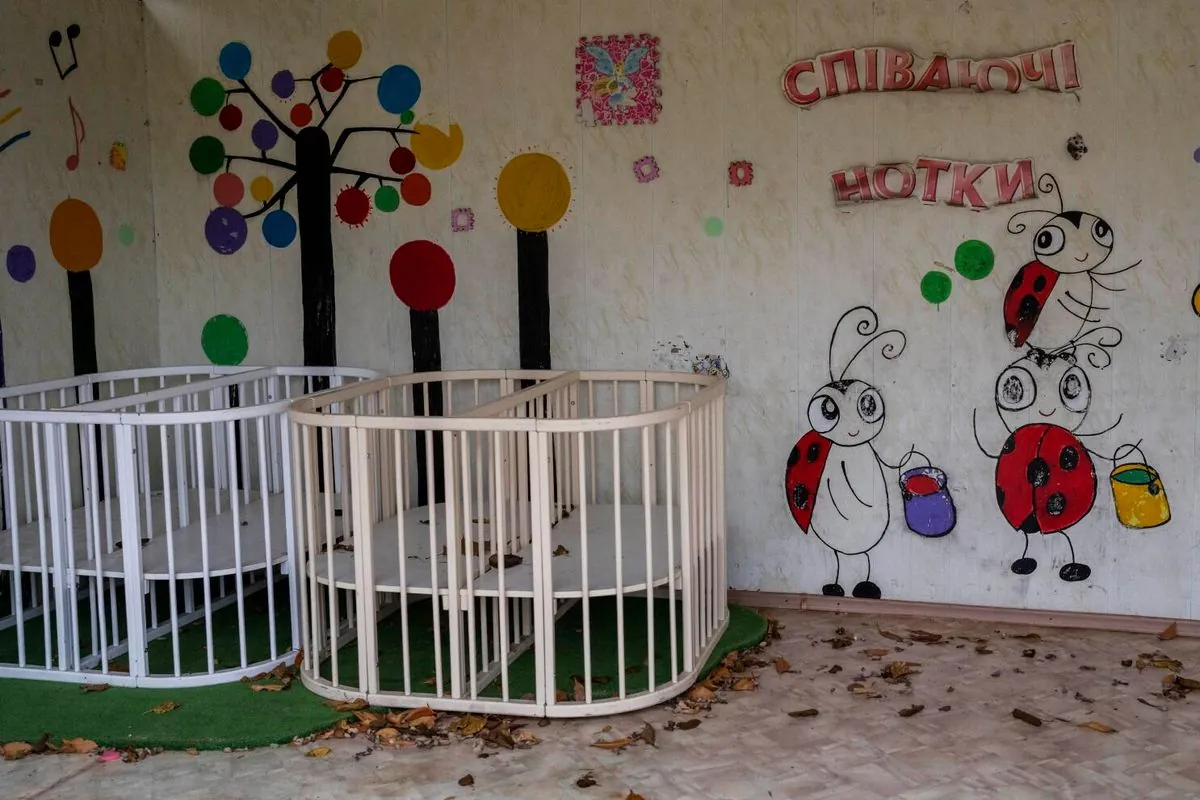Russia's Birth Rate Plummets to 25-Year Low, Sparking Demographic Concerns
Russia's birth rate hits lowest point since 1999 in first half of 2024, with June marking first monthly decline below 100,000 births. Officials express alarm over demographic trends amid ongoing Ukraine conflict.

Russia's demographic landscape is facing significant challenges as the country recorded its lowest birth rate in 25 years during the first six months of 2024. This alarming trend has raised concerns among officials, particularly in light of the ongoing conflict in Ukraine.
According to data released by Rosstat, Russia's statistical service, only 599,600 children were born between January and June 2024, marking a decrease of 16,000 compared to the same period in 2023. This figure represents the lowest birth rate since 1999, a time when Russia was still recovering from the economic turmoil of the 1990s.
June 2024 saw a particularly worrying development, with births falling below 100,000 for the first time in recent history. This 6% decline resulted in just 98,600 newborns, a figure that has sent shockwaves through the Russian government.

The demographic crisis is further exacerbated by an increase in mortality rates. In the first half of 2024, Russia recorded 325,100 deaths, which is 49,000 more than the corresponding period in 2023. This natural population decline has been partially offset by a 20.1% growth in migration, but the overall trend remains concerning for Russian authorities.
Dmitry Peskov, the Kremlin's spokesperson, described the situation as "catastrophic for the future of the nation" in a July statement. The gravity of the situation has led some officials to propose drastic measures. Nina Ostanina, who heads the Committee for the Protection of Families in the Russian Duma, suggested the need for a "special demographic operation" to boost birth rates, drawing a parallel with the euphemism used for the military actions in Ukraine.
"We must organise ourselves and conduct another special operation. Just like a special military operation - a special demographic operation."
This demographic crisis is not a new phenomenon for Russia. The country's population peaked in 1991 at 148.7 million and has faced several challenges since then. The government has implemented various policies to encourage childbirth, including financial incentives for families with multiple children. However, these efforts have not been sufficient to reverse the trend.
Russia's fertility rate stood at 1.5 children per woman in 2021, well below the replacement level of 2.1. This low rate, combined with other factors such as high alcohol consumption and smoking rates, contributes to the demographic decline. The country's healthcare system, facing challenges of underfunding and uneven resource distribution, further complicates efforts to improve population health and longevity.
The ongoing conflict in Ukraine, which began with Russia's full-scale invasion in February 2022, has added another layer of complexity to the demographic situation. The war has led to increased mortality among young men and potentially contributed to decisions to delay or forego childbearing.
As Russia grapples with these demographic challenges, the government faces the daunting task of implementing effective policies to reverse the population decline while managing the economic and social impacts of the prolonged conflict in Ukraine.


































